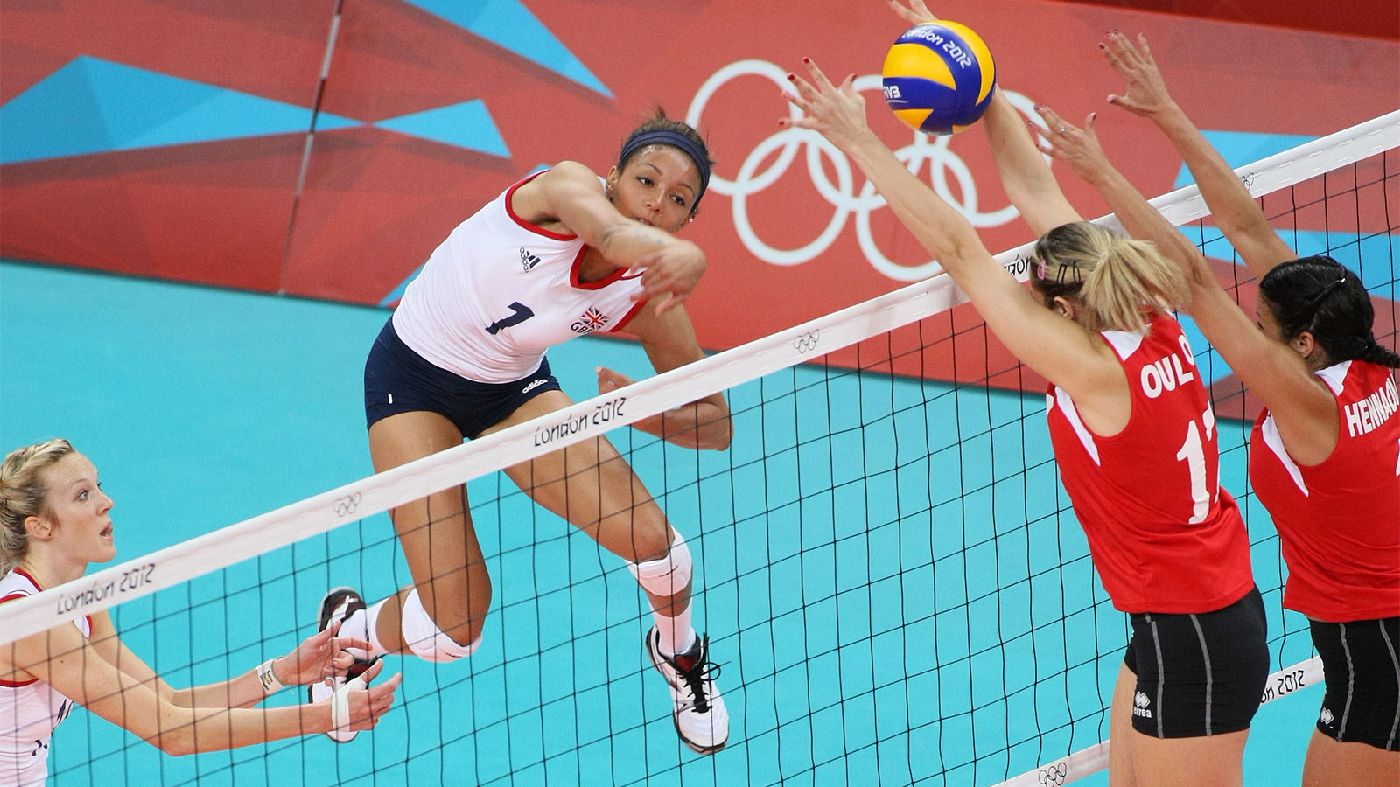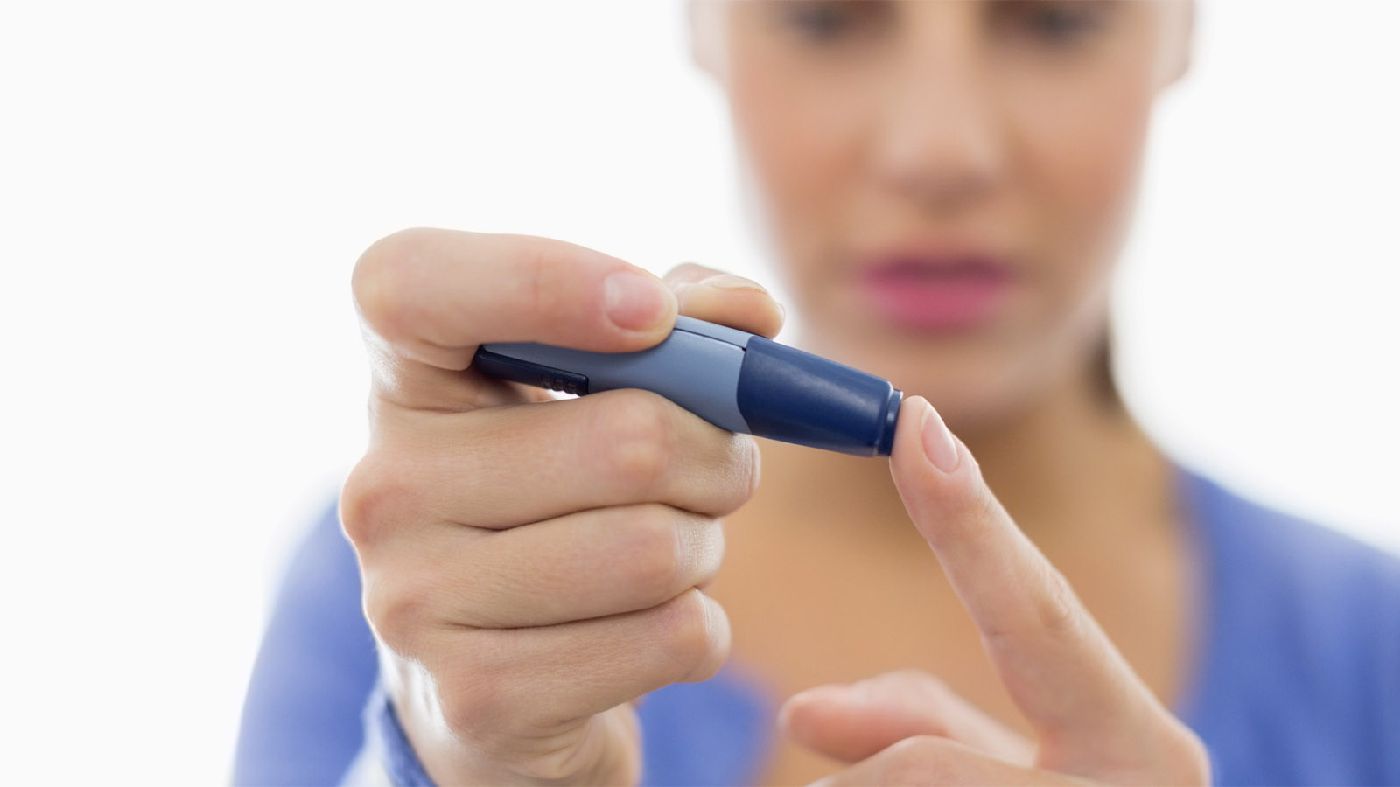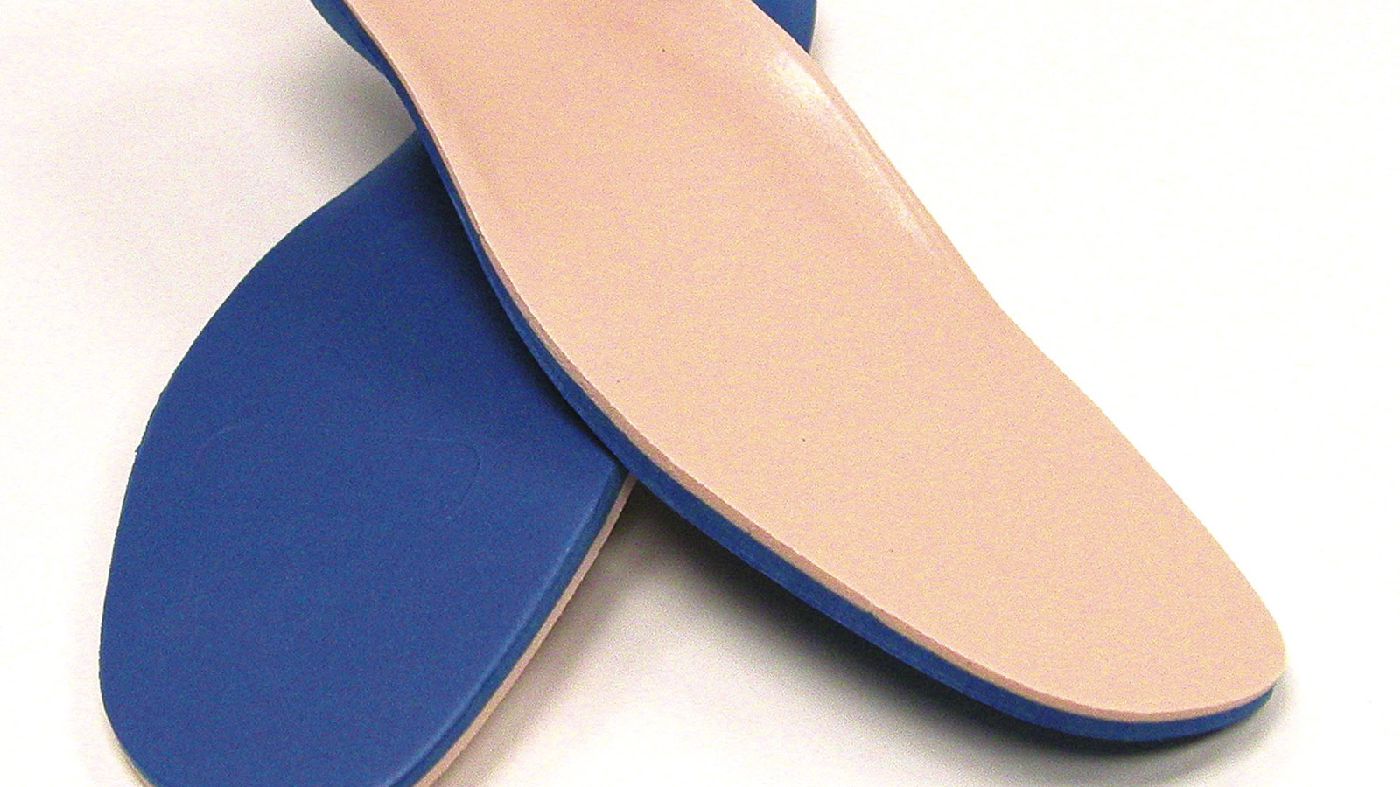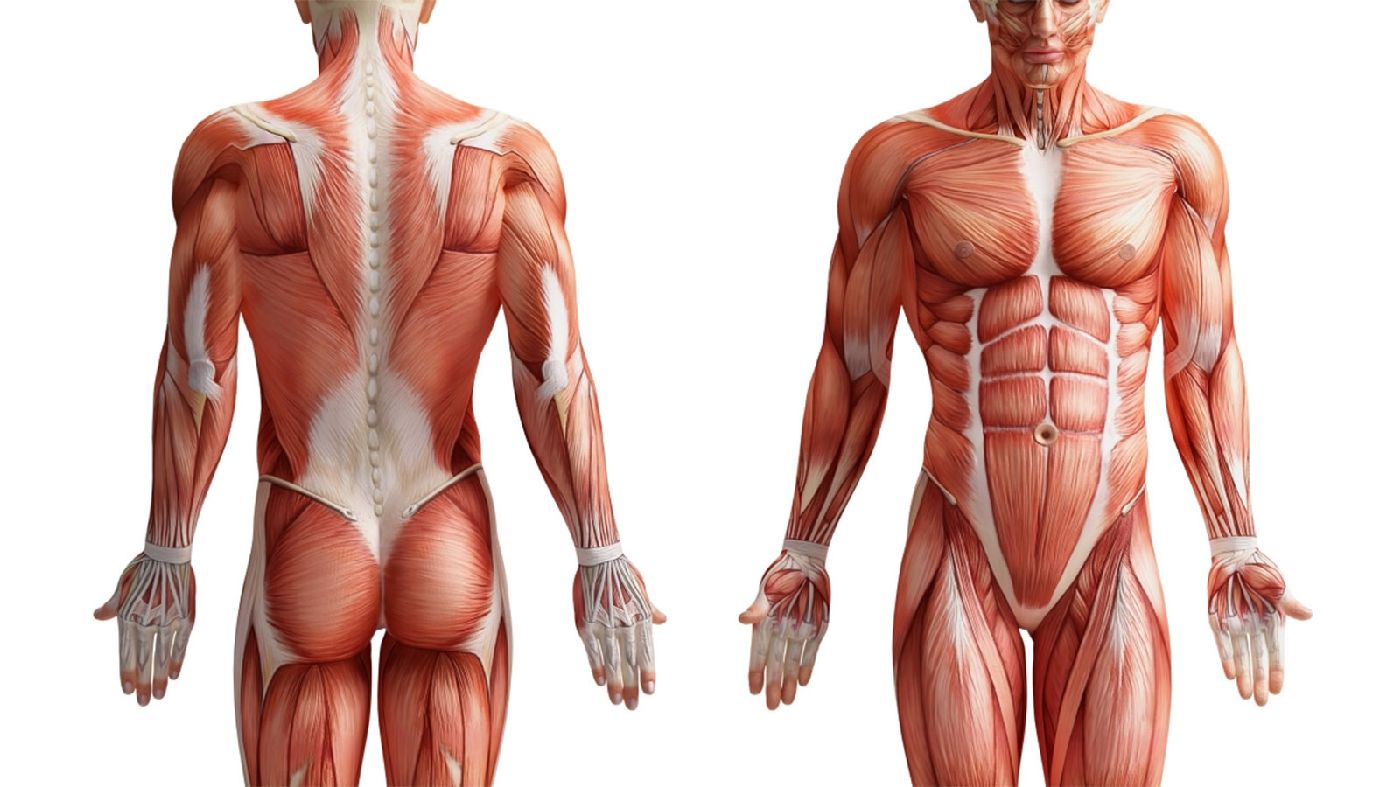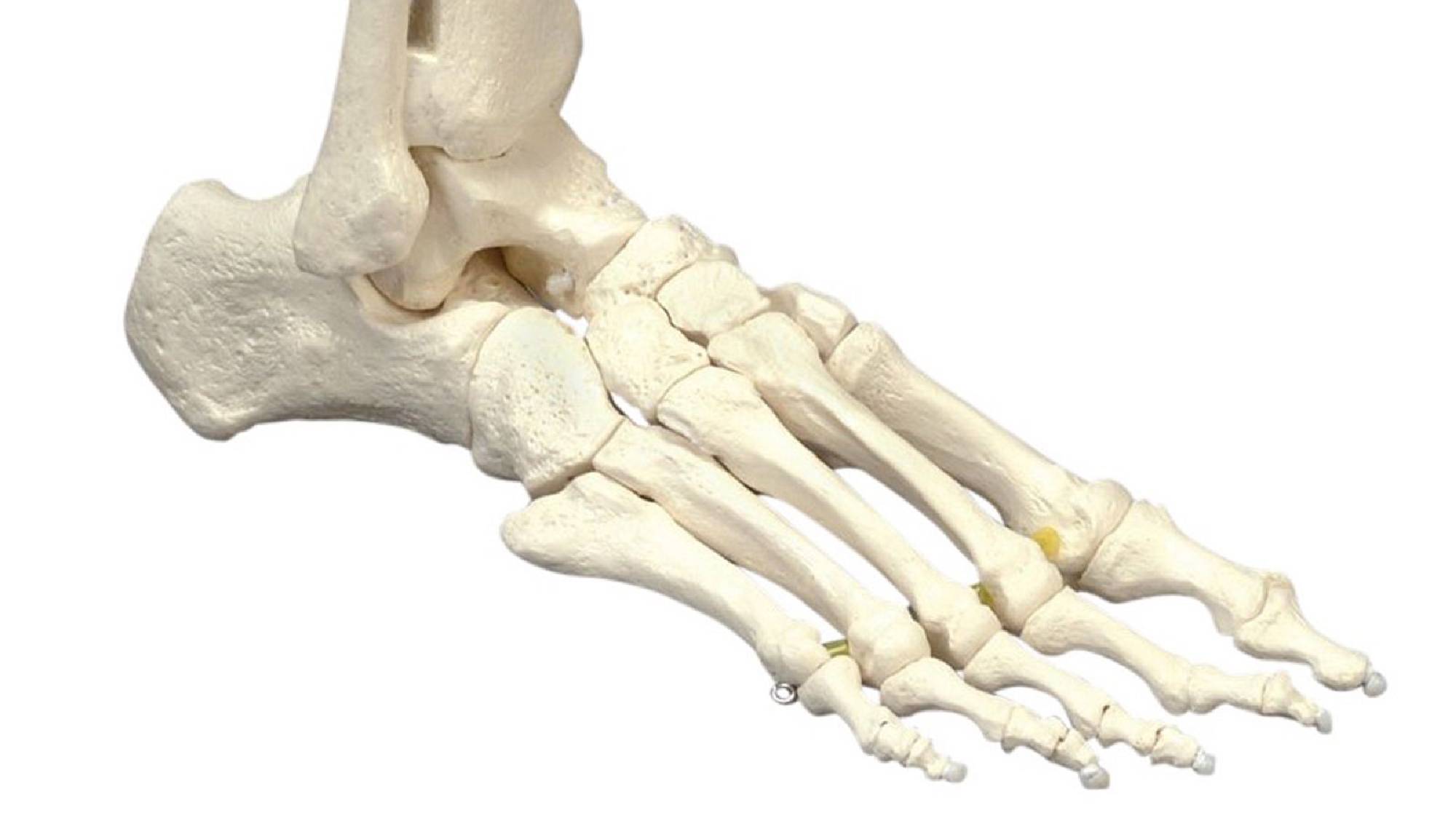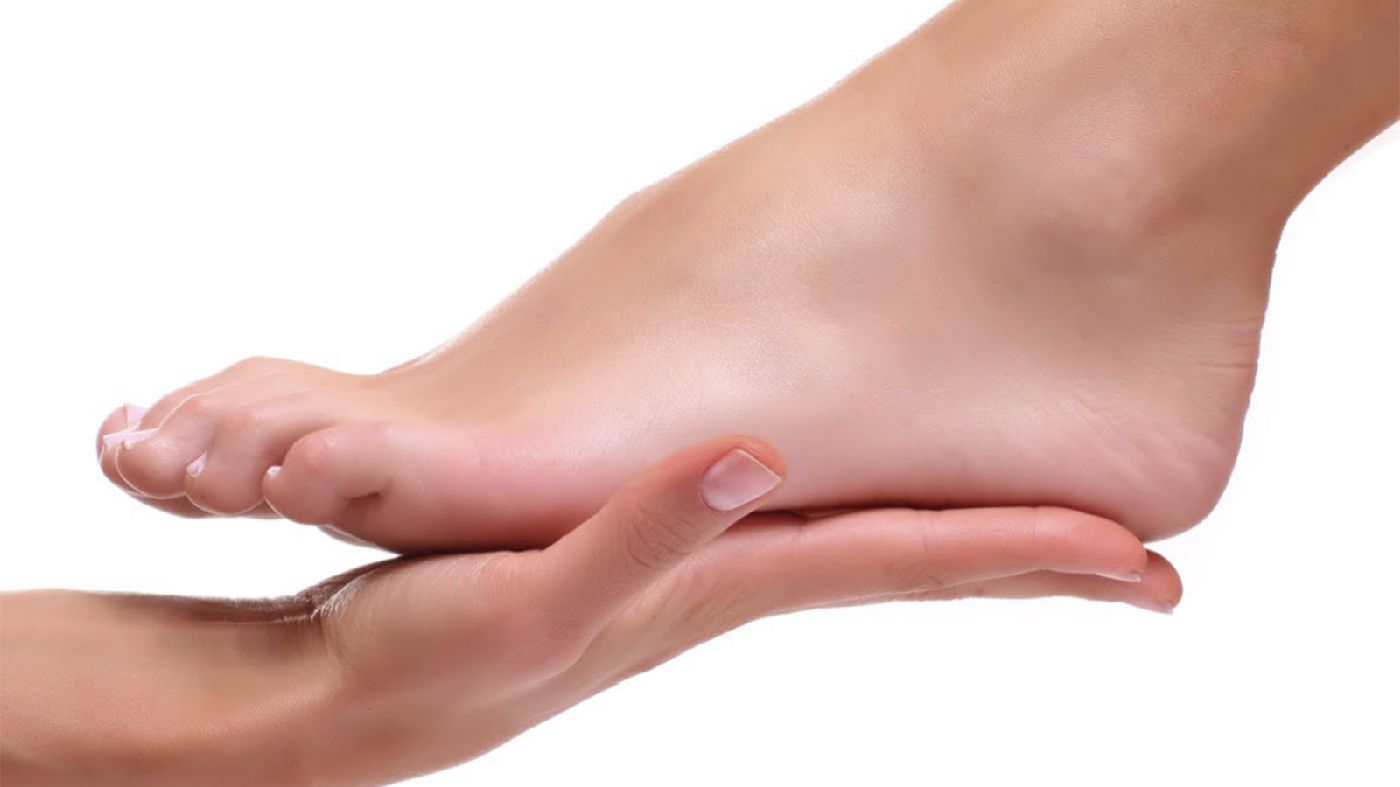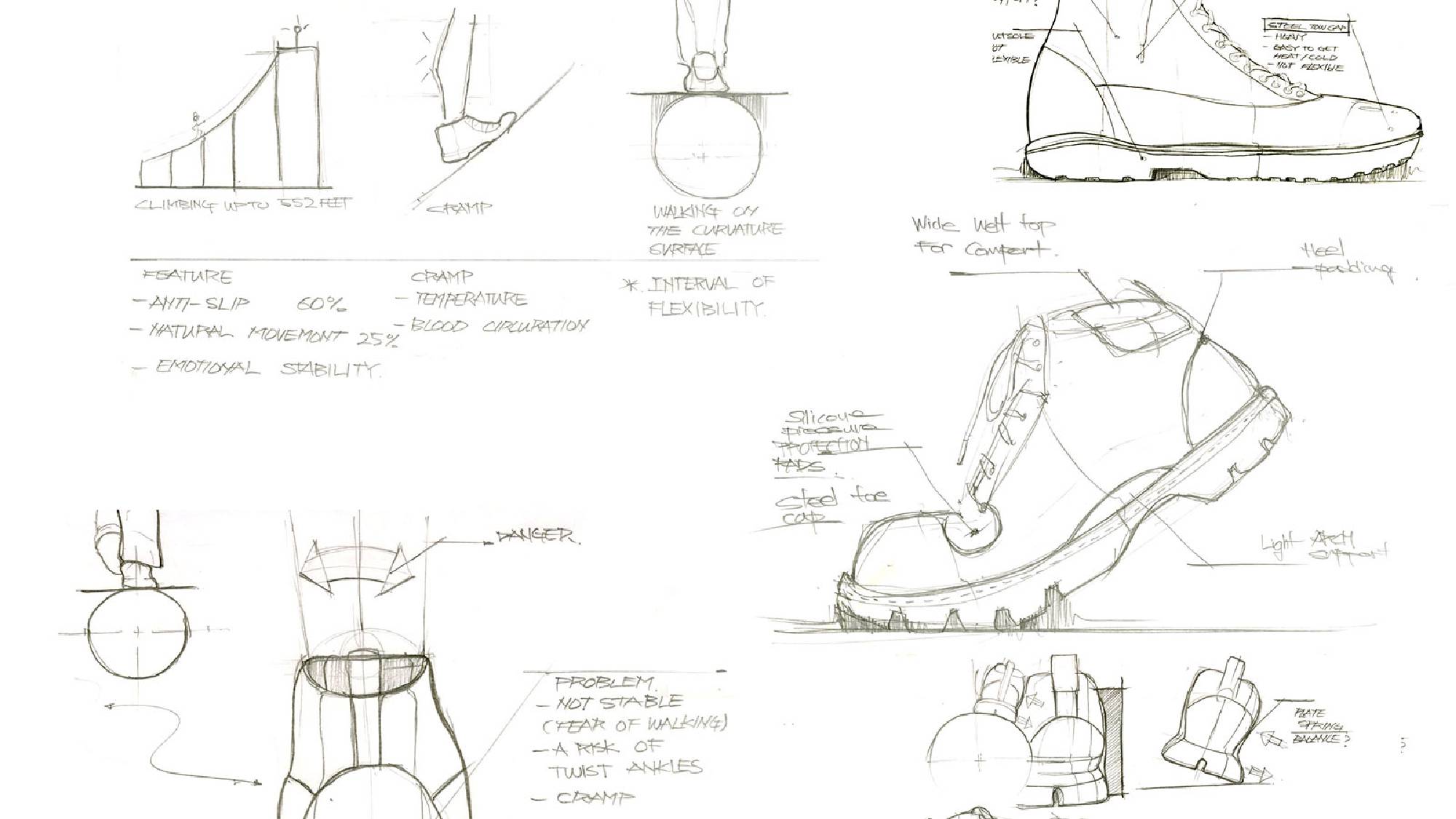What is it? Prescription orthotic therapy is a managed podiatric treatment regime that includes specifically made custom inserts for footwear, together with exercise and activity prescription combined with a series of reviews on you the patient over a period of time.
It is not a panacea (solution for all problems) but an important treatment option used expertly at NCP.
How does it work? It works by balancing, realigning and allowing the feet and lower limbs to function properly during walking, running and standing.
Can it be used for children? It can assist in allowing the feet and lower limbs to develop correctly. It is used for problems such as flat feet, in toeing, heel pain, and prevention of bunion development.
Is it used for older adults? Because this therapy is tailored to the individual, any patient’s medical conditions like diabetes, arthritis or past trauma are carefully considered in prescription of the correct therapy.
Is it useful for athletes? Foot and leg injuries in sport are often related to too much pronation or supination (in rolling or out rolling of the feet) during running. This is often caused by a faulty relationship between the bones of the feet and leg. Prescription orthotic therapy corrects this mal-alignment and can prevent problems such as heel pain, shin soreness, knee and hip pain.
Is it useful for athletes? Foot and leg injuries in sport are often related to too much pronation or supination (in rolling or out rolling of the feet) during running. This is often caused by a faulty relationship between the bones of the feet and leg. Prescription orthotic therapy corrects this mal-alignment and can prevent problems such as heel pain, shin soreness, knee and hip pain.
Is it for busy people at work? Occupations requiring standing on hard surfaces can produce a myriad of foot problems. Orthotic therapy can be used to prevent foot and leg strain and protect damaged joints etc. Some of the specific conditions that prescription orthotic therapy is used for are … Heel pain, flat feet, corns and callouses, bunions, fore foot pain, plantar fasciitis, unstable ankles, foot strain, nerve impingement, leg and knee pain.
How do I start this therapy? Following initial treatment and confirmation of the diagnosis (on a return visit), the podiatrist will explain treatment options. If prescription orthotic therapy is opted for then he will do a detailed examination and take plaster impressions (casts) of your feet held in a corrected position. These plaster impressions or ‘casts’ together with a prescription are sent to an orthotic laboratory. The orthotic devices are made from high impact thermo plastics according to your podiatrist’s prescription using the casts. Meanwhile your podiatrist will consult you again to check measurements and issue prescription exercises and activity.
Two weeks after taking the casts the orthotics are ready for fitting. During this fitting/dispensing consultation, explanation on getting used to the orthotics and their care is given. Advice on a series of reviews of the therapy is also given at this time.
